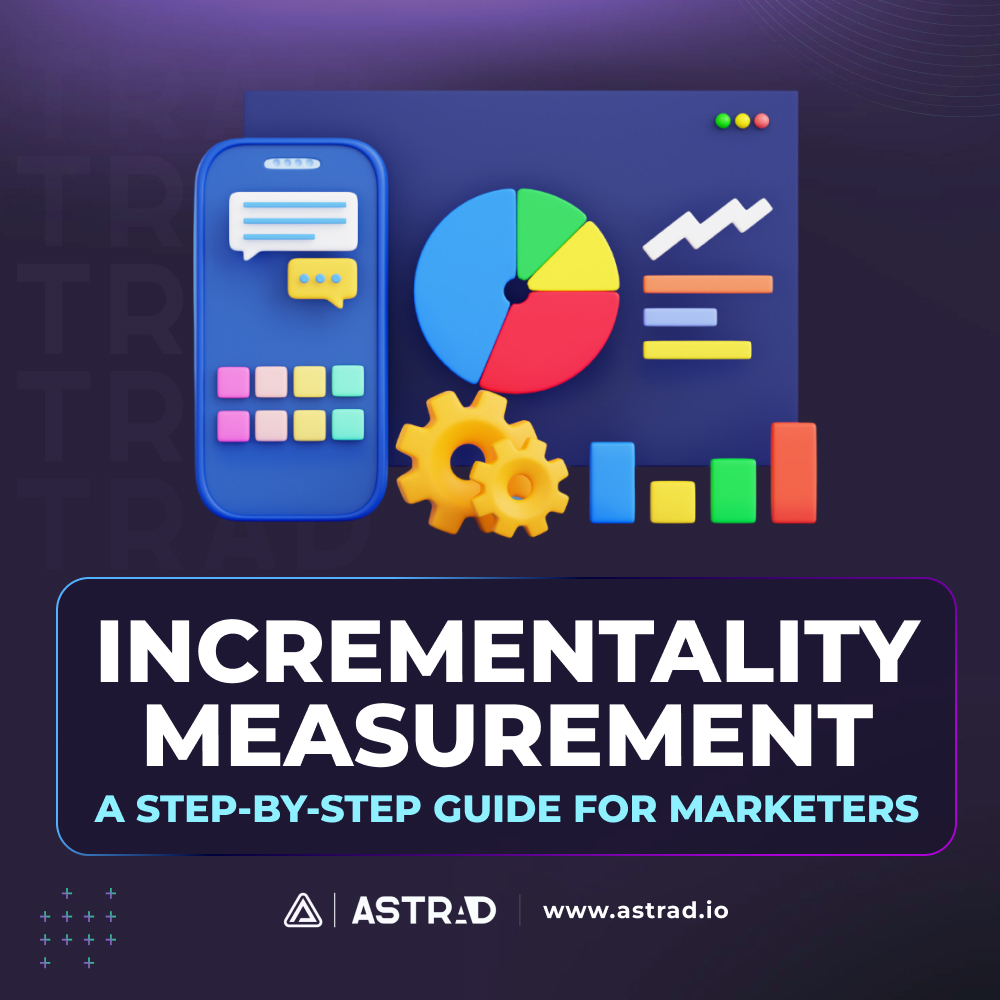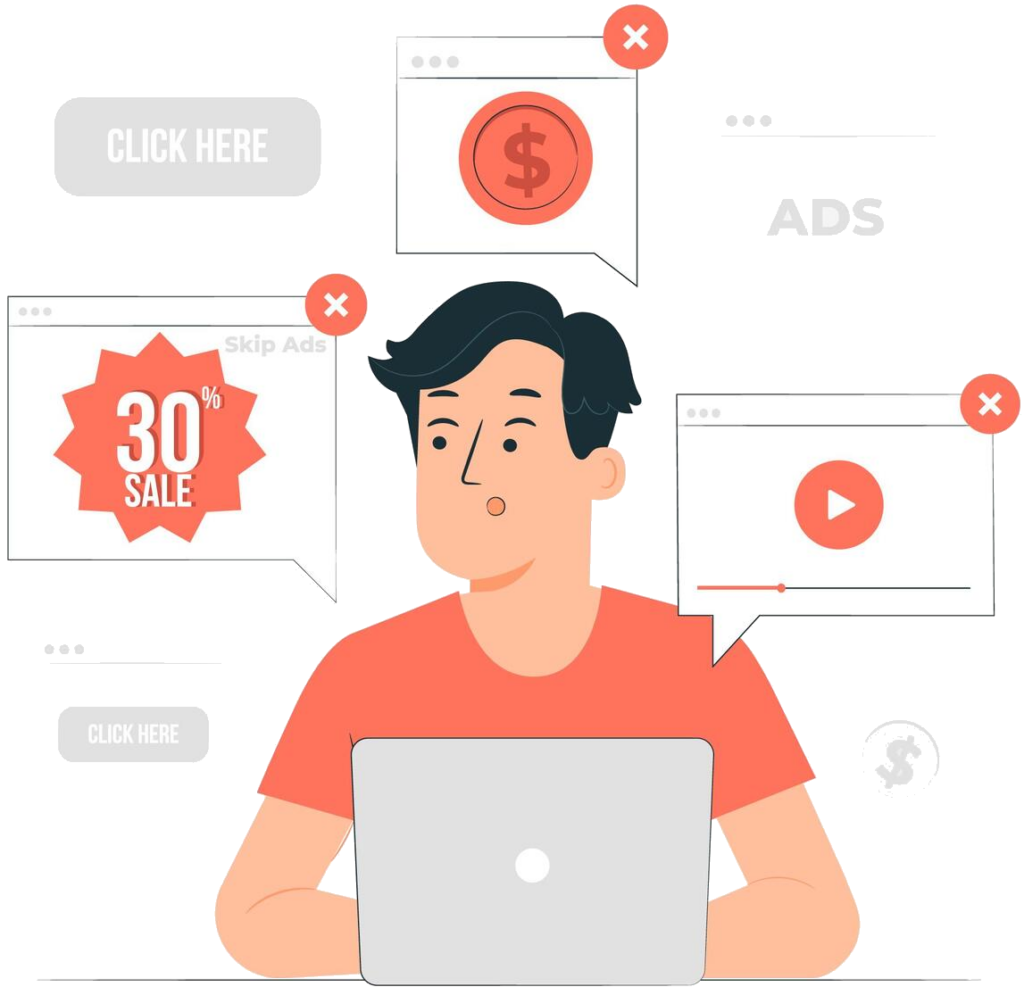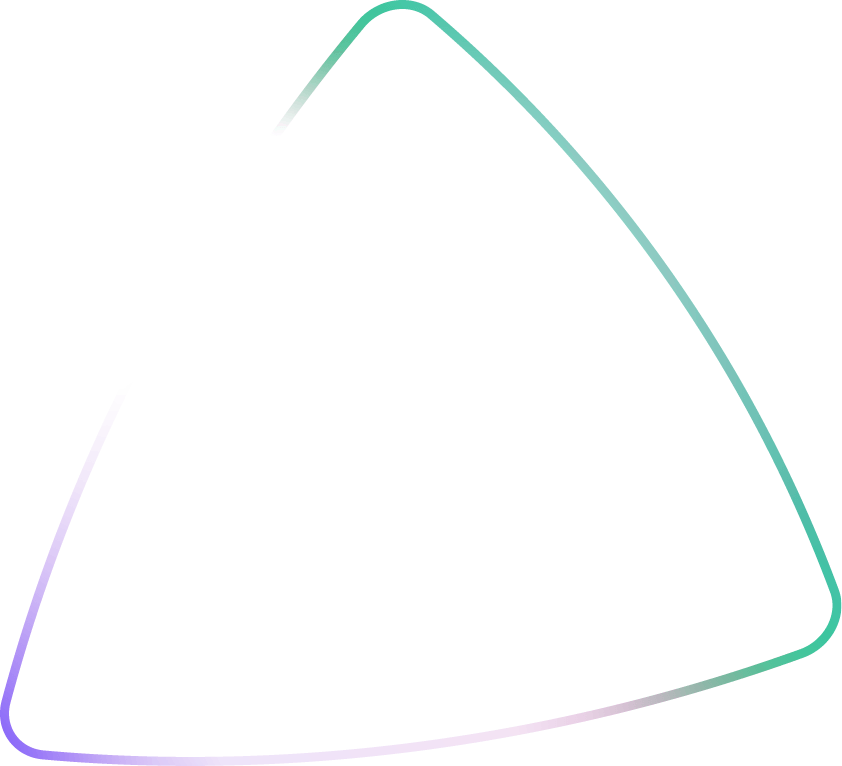Getting up close and intimate with intent-based marketing gives your mad ad skills that extra oomph — the one that allows you to tailor messages to customers actively considering a purchase. Not just those browsing or doing their digital window shopping. By analyzing online behavior, you can identify their needs and deliver targeted content at the right moment.
This customer-centric approach builds trust and aligns with their expectations, increasing conversions. Leveraging intent data allows you to implement highly targeted campaigns that resonate with your audience, maximizing the return on your marketing efforts.
Intent-Based Marketing
Intent-based marketing is a strategy that focuses on understanding and fulfilling the specific needs and intentions of potential customers. By analyzing user behavior, search queries, and other online activities, businesses can tailor their marketing efforts to target individuals who are actively seeking a product or service. This approach allows companies to personalize their messaging, offer relevant solutions, and ultimately drive higher conversions.
In the modern megalopolis meltdown that is consumerism, where folks are inundated with advertisements and information, intent-based marketing plays a crucial role in standing out, engaging with the right audience at the right time, and building lasting relationships with customers based on genuine needs and interests. It helps businesses cut through the noise and deliver value to users, fostering trust and loyalty in an increasingly competitive market.
The Evolution of Marketing
Traditional marketing relied on broad strokes, casting a wide net with demographics and generic messaging. As technology advanced, marketers embraced segmentation and personalization, tailoring content to specific audience groups. However, the information age brought information overload, demanding a more precise approach. This paved the way for intent-based marketing, which leverages customer behavior data to target individuals actively considering a purchase, maximizing relevance and ROI – Return On Investment – in a crowded digital landscape.
What is Intent-Based Marketing?
Intent-based marketing ditches demographics for a strategic and data-driven approach. It analyzes website behavior, search queries, and social media engagement to understand a customer’s buying intent and, essentially, what problem they’re actively trying to solve.
This allows for hyper-targeted content — think personalized emails with solutions, targeted display ads, or content recommendations based on browsing history. By understanding intent-based marketing, marketers can deliver the right message at the right time, leading to increased relevance, improved ROI, and a better customer experience.
Intent-Based Marketing vs. Inbound and Traditional Marketing
Traditional Marketing:
Relies on broad demographics and one-size-fits-all messaging through billboards, TV ads, or cold calls. It doesn’t consider individual needs and can feel disruptive to consumers.
Inbound Marketing:
Attracts customers by creating valuable content that potential customers find organically through search engines. While it fosters engagement, it might not directly target users with high purchase intent.
Intent-Based Marketing:
It’s a laser-focused approach that leverages data to target users exhibiting buying behavior, like researching specific products or services. It tailors content to their current needs, maximizing relevance and conversions. In a way, intent-based marketing can be seen as a superpowered version of inbound marketing, focusing on qualified leads actively considering a purchase.
What is User Intent?
User intent refers to the underlying reason why someone performs a search online or interacts with digital content. It essentially reveals what they’re hoping to achieve at that moment. Here are its three main types:
Informational Intent:
This is the “learning mode,” where users are actively seeking information to answer questions, understand a concept, or research a particular topic.
Navigational Intent:
Here, users know exactly where they want to go online. They’re typically searching for a specific website or webpage and might use branded terms or complete URLs.
Transactional Intent:
This indicates a user is ready to make a purchase or take a specific action. They’re actively researching products or services. By identifying transactional intent, businesses can deliver highly relevant content that pushes users toward conversion.
The Importance of Intent-Based Marketing
Intent-based marketing shines through its ability to deliver the right message at the right time. This strategic approach offers the following trifecta of benefits:
- Alignment with Customer Needs: Intent-based marketing identifies the specific problems and interests a customer has right now. This allows businesses to deliver solutions directly tied to those needs, fostering a deeper connection and trust.
- Increased Relevance: Intent-based marketing uses data to target users with content that resonates with their current stage in the buyer’s journey. This laser focus ensures they’re seeing messages that are genuinely helpful and relevant, leading to higher engagement and conversions.
- Enhanced Customer Experience: By delivering targeted content for a user’s specific needs, intent-based marketing creates a personalized and positive experience. This fosters trust and builds stronger relationships with potential buyers, leading to higher customer satisfaction and loyalty.
Intent-Based Marketing Tools
AI-driven Analytics Platforms:
Analyzes vast amounts of user data from website visits, search queries, social media interactions, and more. These platforms can identify patterns, predict buying intent, and segment audiences based on their online behavior.
Customer Relationship Management - CRM - Software:
Stores customer interactions, purchase history, and communication preferences. By integrating CRM data with intent data from other sources, marketers can gain a holistic view of their customer journey and tailor campaigns accordingly.
Marketing Automation Platforms:
Allow marketers to automate tasks like email marketing, social media posting, and ad targeting based on user intent data.
Intent Data Providers:
Specialize in gathering and analyzing data specifically related to user buying intent. They can provide insights into website traffic, search queries, competitor websites, and industry trends, allowing marketers to target users actively researching solutions in their space.
SEO - Search Engine Optimization - Tools:
Helps attract users with high informational intent. By optimizing website content for relevant keywords and user search behavior, businesses can ensure their brand appears in front of potential customers who are actively researching topics related to their products or services.
Implementing Intent-Based Marketing
Implementing intent-based marketing involves several key steps to target and engage potential customers effectively.
Identifying Intent Signals
Start by leveraging data and analytics tools to identify intent signals from users’ online behavior, like search queries, website visits, content engagement, social media interactions, etc. This will allow businesses to segment their audience based on intent and tailor their marketing efforts accordingly.
Content Strategy Aligned with Intent
Once intent signals are identified, businesses can develop a content strategy that is aligned with the specific needs and intentions of their target audience segments. This involves creating relevant and valuable content that addresses the pain points and desires of users at different stages of the customer journey.
Personalization
By leveraging data insights and automation tools, businesses can personalize their messaging, offers, and recommendations to match the specific intent of each user. This not only enhances the user experience but also increases the likelihood of conversion by providing users with targeted solutions that meet their needs.
Laser Focus Your Efforts
Intent-based marketing flips the script on traditional marketing by prioritizing what customers actually want. It leverages data to understand their buying intent, be it researching a problem or actively seeking a solution. This allows businesses to deliver targeted messages that resonate with each user’s specific needs. The result? Increased relevance and a more positive customer experience, and ultimately, higher conversions.
In today’s digital landscape, where attention spans are thin, intent-based marketing offers a powerful way to align with customer expectations and ensure your brand stands out from the crowd. Consider how intent-based marketing can transform your approach and start delivering the right message at the perfect time.






